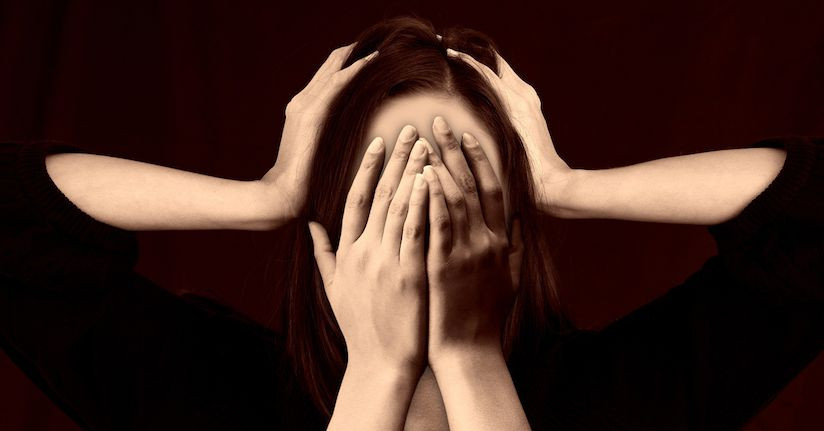Top 10 Migraine Triggers
The 10 most frequently reported migraine triggers have been identified in a new study, published in the August issue of the journal Current Pain and Headache Reports. The study was a meta-analysis in which the author examined 25 published studies on migraine triggers to determine the top 10 triggers and the frequency with which they occur.
1. Stress, 58% The reason for stress as a migraine trigger is debated. It could have to do with physiological changes that trigger migraine attacks, like the release of stress hormones, or because people let their schedules and self-care regimens fall aside during times of stress. In either case, more than half of the 7,187 studies' participants cited stress as a trigger. In most studies, increased migraine frequency was reported at the same time as increased stress, but one found that the migraine attack came after stress was released. (Often called "letdown headaches" or "weekend headaches.")
2. Auditory, 56% Sounds were examined as a trigger in only 397 patients. Larger numbers of patients will need to be assessed to know whether auditory triggers are this common on a wider scale.
3. Fatigue, 45% Fatigue is separate from sleep (or lack of sleep), which was the sixth most common trigger, and the author noted that fatigue could be connected to stress. It's also possible that fatigue is such an early migraine symptom that people think it's a trigger when it's actually a result of the migraine.
4. Fasting, 44% Fasting that's done intentionally, like for religious or health reasons, and accidentally skipping meal are both migraine triggers for 44% of participants.
5. Hormones, 44% (women only) Hormone changes throughout a woman's menstrual cycle are probably the most well-known and widely accepted migraine trigger, according to the study author.
6. Sleep, 43% All kinds of sleep difficulties were considered in the study, but not getting enough sleep were mentioned frequently.
7. Weather, 39% Weather changes were most often listed as weather-related triggers.
8. Visual, 38% The most common light-related triggers were lights and glare, but flickering lights and contrasting patterns were also mentioned.
9. Olfactory, 38% Odors could come from a wide range of sources. The study noted that perfume, nail polish, pain, gasoline and cleaning products are common odor triggers.
10. Alcohol, 27% The study's author was surprised that alcohol was so low on the list. He questioned whether alcohol in general is the issue or if only certain types of alcohol are a trigger.
Triggers not in the top 10, but also mentioned frequently include physical activity (like exercise, exertion or straining) for 25% and foods for 20%. Many other triggers were cited, but none for more than 20% of patients. Only subgroups of people with migraine were affected by some triggers.
The connection among all these triggers looks to be difficulty adapting to environmental changes, whether those changes happen within or outside of the body, according to the paper's author.
Reference: Peroutka, S. J. (2014). What Turns on a Migraine? A Systematic Review of Migraine Precipitating Factors. Current Pain and Headache Reports, 18(10), 1-6.
TheraSpecs Glasses for Light Management
Try our light-filtering glasses and stay protected against harsh light from screens, fluorescents, LEDs, unwanted blue light, bright sunlight, flashing lights, and more.





